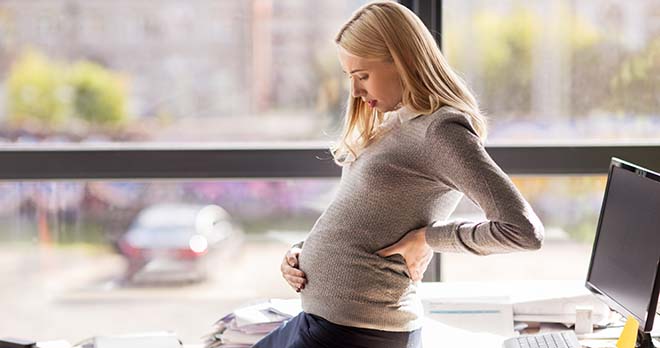How to spot pre-eclampsia and HELLP syndrome – a story from our team

Baby Loss Awareness Week is a good time for me reflect on my first year as a new mother. Pregnancy is both an exciting and absolutely terrifying experience. Aside from the rollercoaster of (occasionally irrational) emotions – how do you cope with no sleep, will I drop my tiny newborn on the floor, will my baby catch alight in this highly flammable reindeer outfit – there is the deep anxiety that something may “go wrong” and you are not able to watch your child grow up.
One of the big causes of stillbirth and neonatal death though is pre-eclampsia and its complications.
My personal experience
In the summer heatwave of 2018, it seemed wholly unfair being heavily pregnant. I moaned about the heat, swollen ankles and my inability to walk more than 10 minutes without needing the toilet. Then overnight, at seven and a half months into the pregnancy, I developed severe pain under by rib cage. I went into hospital but, with the exception of some abnormal liver function, all my tests were normal.
I had two further bouts of severe pain, again with abnormal liver function, but hospital staff were on the whole baffled as to what was causing the pain.
On my final admission, my blood tests revealed a significant drop in platelets and rise in liver enzymes. By this point, the abdominal pain was continuous and I was extremely ill. My liver and kidneys were struggling to function and my blood was not clotting properly. I was therefore taken immediately to theatre where I had two blood and platelet transfusions before my baby girl was born, five weeks early.
What had happened?
It turned out that I’d developed a rare condition called HELLP syndrome, considered to be a variant and severe complication of pre-eclampsia. Pre-eclampsia is where blood flow is restricted through the placenta and is characterised by high blood pressure and protein in the urine.
HELLP syndrome has three components:
H (haemolysis, which is the breaking down of red blood cells)
EL (elevated liver enzymes)
LP (low platelet count)
If you do not have the “classic” pre-eclampsia symptoms such as severe headaches, significant swelling, high blood pressure or protein, it can make this condition difficult to diagnose.
Diagnosing pre-eclampsia
It is essential that pre-eclampsia is recognised and managed in pregnancy. Pre-eclampsia will not get better without delivery of the baby so it is about managing the condition to ensure your baby is in the best possible condition when they are born.
Symptoms can include
- headache
- nausea/vomiting
- bleeding – nose bleeds, blood in your urine etc
- abdominal pain in the upper area
- visual problems
- shoulder, beck and upper body pain
- extreme fatigue.
The problem is many of these sound like general “pregnancy complaints”, so I think hospitals can be too quick to dismiss symptoms. Ultimately though, if you are worried, make sure you doctor carries out blood tests which can at least give a better indication of whether you are suffering from something more serious.
My little girl has just turned one (where did that year go?!) and fortunately that tiny 5lb1oz baby is now a walking, babbling cheeky monkey. I will always consider myself very lucky.